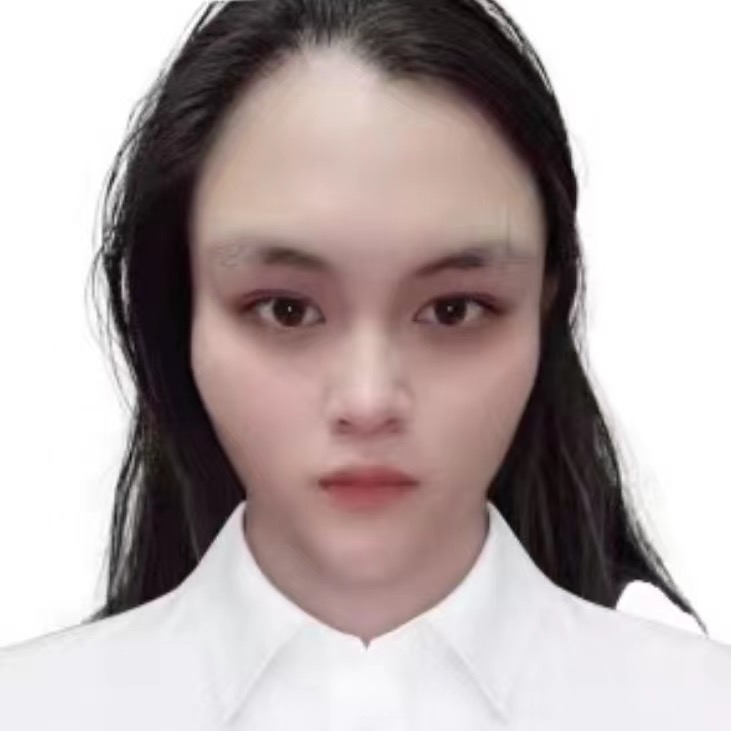
反义疑问句怎么回答?
反义疑问句的回答可以根据口诀来记忆,即口诀是:“前否后肯”是回答“否”,否回答“是”。
即疑问句部分是be动词/情态动词/助动词 + (not)构成
第一种,关于前面肯定,后面否定的反义疑问句
即如 He is a doctor,
isn’t he ?
即意思是“他是一个医生,是吗?”
肯定回答Yes,he is .
(是的,他是)
否定回答 No,he isn’t.
(不,他不是)
第二种,对于前面前面否定,后面肯定的反义疑问句,是的,回答“No”,不是回答
“Yes”。
如 He isn’t a doctor,
(他不是一个医生)
is he ?
(是吗?)
首先肯定回答
No ,he isn’t.
(是的,他不是)
Yes,he is.
(不,他是的)
反义疑问句的回答:
不管是前否后肯,还是前肯后否形式的反义疑问句,回答都根据事实回答,肯定的答案就用yes+肯定结构,否定的答案就用no+否定结构,答案要和实际情况相符。也叫实事求是
例如:
1、--She is good at English, isn't she?
--Yes, she is. 是的,她擅长 或者No, she isn't.不,她不擅长
2、--There isn't a computer in your room, is there?“你的房间里没有电脑,对吗?
-- Yes, there is.不,有电脑 或者 No,there isn't.是的,没有电脑。
扩展资料:
对反意疑问句的回答,无论问题的提法如何,如果事实是肯定的,就用yes,事实是否定的,就要用no。要特别注意陈述句部分是否定结构,反意疑问句部分用肯定式提问时,回答yes或no与汉语正好相反。这种省略回答的yes要译成“不”,no要译成“是”。
例 ---He likes playing football,
doesn’t he? 他喜欢踢足球,是吗? ---Yes, he does. / No, he doesn’t. 是的。/ 不是。
---His sister didn’t attend the meeting, did she? 他妹妹没有参加会议,是吗? ---Yes,
she did. / No, she didn’t. 不,她参加了。/ 是的,她没参加。 简要总结反意疑问句19条:
(1) 陈述部分的主语是I,疑问部分要用 aren't I. I'm as tall as your sister,aren't I?
I wish to have a word with you, may I?
(2) 陈述部分用 no, nothing, nobody,
never, few, seldom, hardly, rarely, little等否定含义的词时,疑问部分用肯定含义The Swede
made no answer, did he / she? Some plants never blown (开花), do they ?
(3) 含有ought to 的反意疑问句,陈述部分是肯定的,疑问部分用shouldn't / oughtn't +主语。 He ought to know what to do, oughtn't he? / shouldn't he?
(4) 陈述部分有have to +v. (had to + v.),疑问部分常用don't +主语(didn't +主语)。 We have to get there at eight tomorrow, don't we?
(5) 陈述部分的谓语是used to 时,疑问部分用didn't +主语或 usedn't +主语。 He used to take pictures there, didn't he? / usedn't he?
(6) 陈述部分有had better + v. 疑问句部分用hadn't you? You'd better read it by yourself, hadn't you?
7) 陈述部分有would rather +v.,疑问部分多用 wouldn't +主语。 He would rather read it ten times than recite it, wouldn't he?
(8) 陈述部分有You'd like to +v. 疑问部分用wouldn't +主语。 You'd like to go with me, wouldn't you?
(9) 陈述部分有must 的疑问句,疑问部分根据实际情况而定。
He must be a doctor, isn't he? You must have studied English for three
years, haven't you? / didn't you? He must have finished it yesterday,
didn't he?
(10) 感叹句中,疑问部分用be +主语。 What colours, aren't they? What a smell, isn't it?
(11) 陈述部分由neither… nor, either… or 连接的并列主语时,疑问部分根据其实际逻辑意义而定。 Neither you nor I am engineer, are we?
(12) 陈述部分主语是指示代词或不定代词everything, that, nothing, this, 疑问部分主语用it。 Everything is ready, isn't it?
13) 陈述部分为主语从句或并列复合句,疑问部分有三种情况: a.
并列复合句疑问部分,谓语动词根据邻近从句的谓语而定。 Mr. Smith had been to Beijing for several
times, he should have been in China now, shouldn't he? He is not the man
who gave us a talk, is he? He said he wanted to visit Japan, didn't he?
c. 上述部分主句谓语是think, believe, expect, suppose,
imagine等引导的定语从句,疑问部分与宾语从句相对应构成反义疑问句。 I don't think he is bright, is he?
We believe she can do it better, can't she?
(14) 陈述部分主语是不定代词everybody, anyone,
somebody, nobody, no one等,疑问部分常用复数they,有时也用单数he。 Everyone knows the
answer, don't they? (doesn't he?) Nobody knows about it, do they? (does
he?)
(15) 带情态动词dare或need的反意疑问句,疑问部分常用
need (dare ) +主语。 We need not do it again, need we ? He dare not say so,
dare you? 当dare, need 为实义动词时,疑问部分用助动词do + 主语。 She doesn't dare to go
home alone, does she?
(16) 省去主语的祈使句的反意疑问句,疑问部分用will you。
Don't do that again, will you? Go with me, will you / won't you ? 注意:
Let's 开头的祈使句,后用shall we? Let us 开头的祈使句,后用will you? Let's go and listen
to the music, shall we? Let us wait for you in the reading-room, will
you ?
(17) 陈述部分是"there
be"结构的,疑问部分用there省略主语代词。 There is something wrong with your watch, isn't
there? There will not be any trouble, will there?
(18 否定前缀不能视为否定词,其反意疑问句仍用否定形式。 It is impossible, isn't it? He is not unkind to his classmates, is he?
参考资料:






